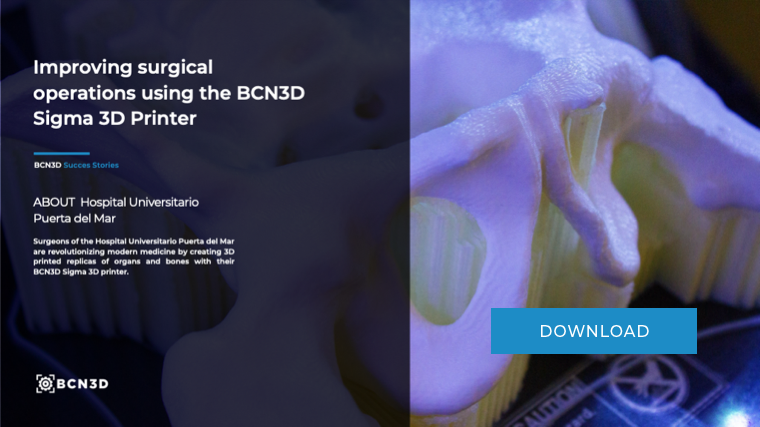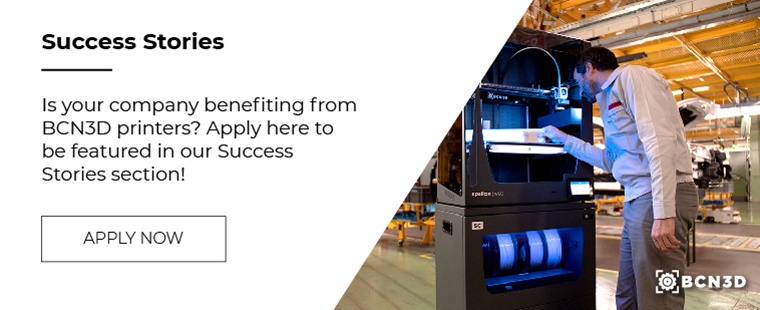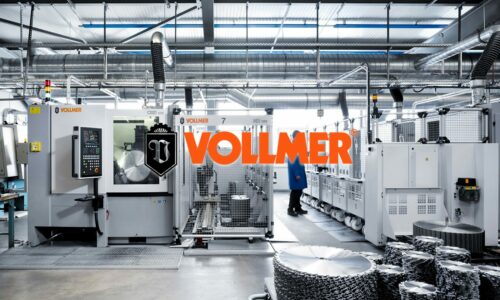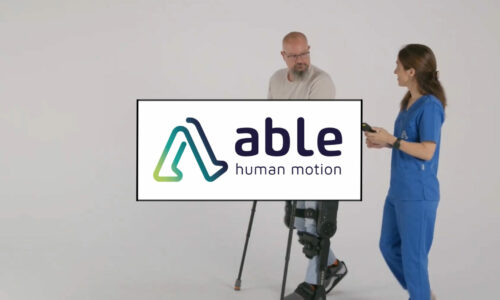Improving surgical operations using the BCN3D Sigma 3D Printer
Surgeons of the Hospital Universitario Puerta del Mar are revolutionizing modern medicine by creating 3D printed replicas of organs and bones with their BCN3D Sigma 3D printer.
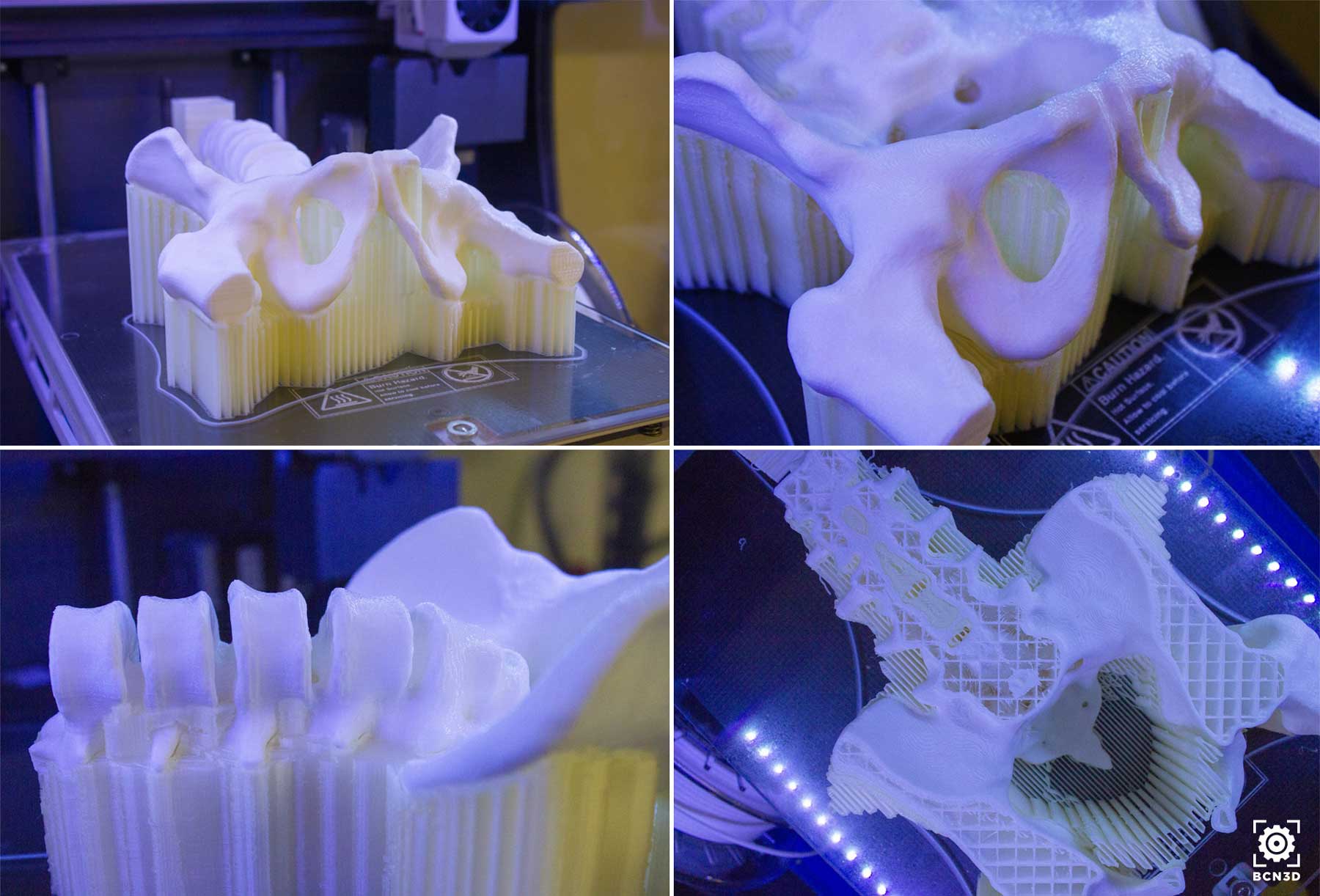
Thanks to their BCN3D Sigma printer, surgeons of the Hospital Universitario Puerta del Mar are 3D printing biomodels for a better understanding of surgical procedures. This advancement in surgical planning is shortening operation times, increasing its effectiveness and better guaranteeing patient safety.
3D printing as a new method for surgeons
The Hospital Universitario Puerta del Mar has a 3D printing laboratory in which they have a BCN3D Sigma printer as a work tool for the manufacture of replicas of organs, bones and structures on which they will operate.
This new method improves surgical planning by obtaining 3D printed models that have been generated from radiological tests performed on the patient. These replicas offer great value prior to the operation, since the surgeon can practice on it, therefore giving them a better understanding of what they are dealing with. For the surgeon to be able to hold the piece in their hands and analyze the best options before entering the operating room is an extremely useful tool.
“Once the initial radiodiagnosis is made and we’ve 3D printed the piece, we are able to see the possible corrections that can be made during the operation. Therefore, many of these measures can be planned in advance,” explains Juan Luis Belizón, delegate of the Government of the Junta de Andalucía in Cádiz.
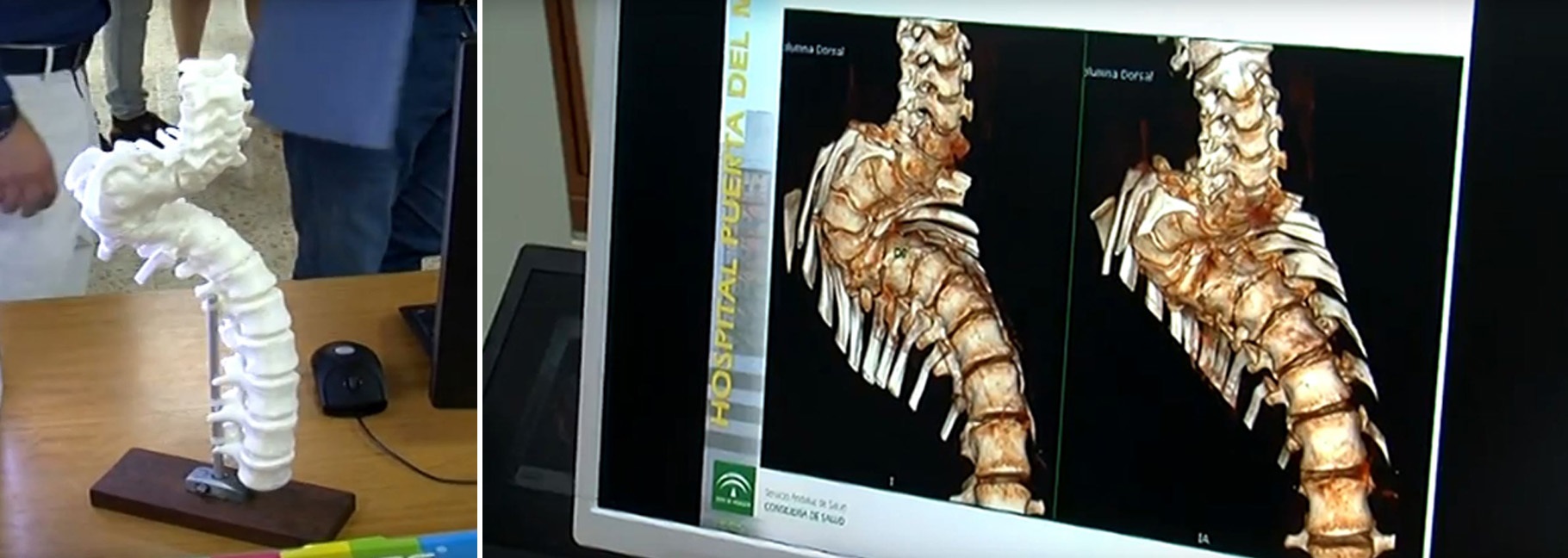
New hopeful initiatives
“The incorporation of this new technology in the hospital will result in a series of important improvements. The most striking improvement is the surgical planning of pre-testing the intervention. This allows us to shorten surgical times and improve patient safety” says the managing director of the hospital center, Fernando Forja.
Additionally, this area opens a new avenue of investigation for the creation of custom-made implants and prostheses for patients.
The 3D printing laboratory of the Hospital Universitario Puerta del Mar wants to expand on the use of this method even further, and take it into the teaching sector. Until recently, they were using standard anatomical models. Now, models specific to patient cases can be manufactured, which allows for better training and preparation for medicine, nursing or physiotherapy students and trainees.

